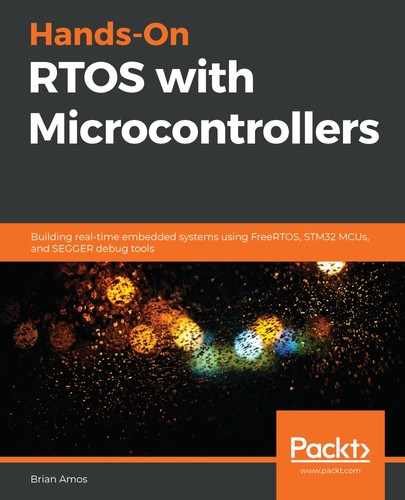There are several cases where multi-core MCUs are an excellent fit:
- When true parallel-processing is required and space is constrained
- When tightly coupled parallel threads of execution are required
If your design is space-constrained, requires true parallel processing, or communication speed between two parallel processes is extremely critical, a multi-core MCU may be the best option. If the application requires parallel processing from multiple cores and can't be implemented using other hardware already present on the MCU—for example, running multiple CPU-intensive algorithms in parallel—a multi-core MCU might be the best fit for the application.
However, it is important to be aware of some downsides and alternatives. A multi-core MCU will likely be more challenging to replace (both in finding a replacement and porting the code) than discrete MCUs. Does the application truly need parallel execution at the CPU level or is there simply a need to perform some operations (such as communication) in parallel? If there is parallel functionality required that can be implemented using dedicated peripheral hardware (for example, filling communication buffers using DMA connected to a hardware peripheral), implementing the parallel functionality could be achieved without a second core.
Some potential alternatives to multi-core MCUs are as follows:
- Offloading some processing to hardware peripherals
- Ensuring DMA is utilized as much as possible
- Multiple MCUs
